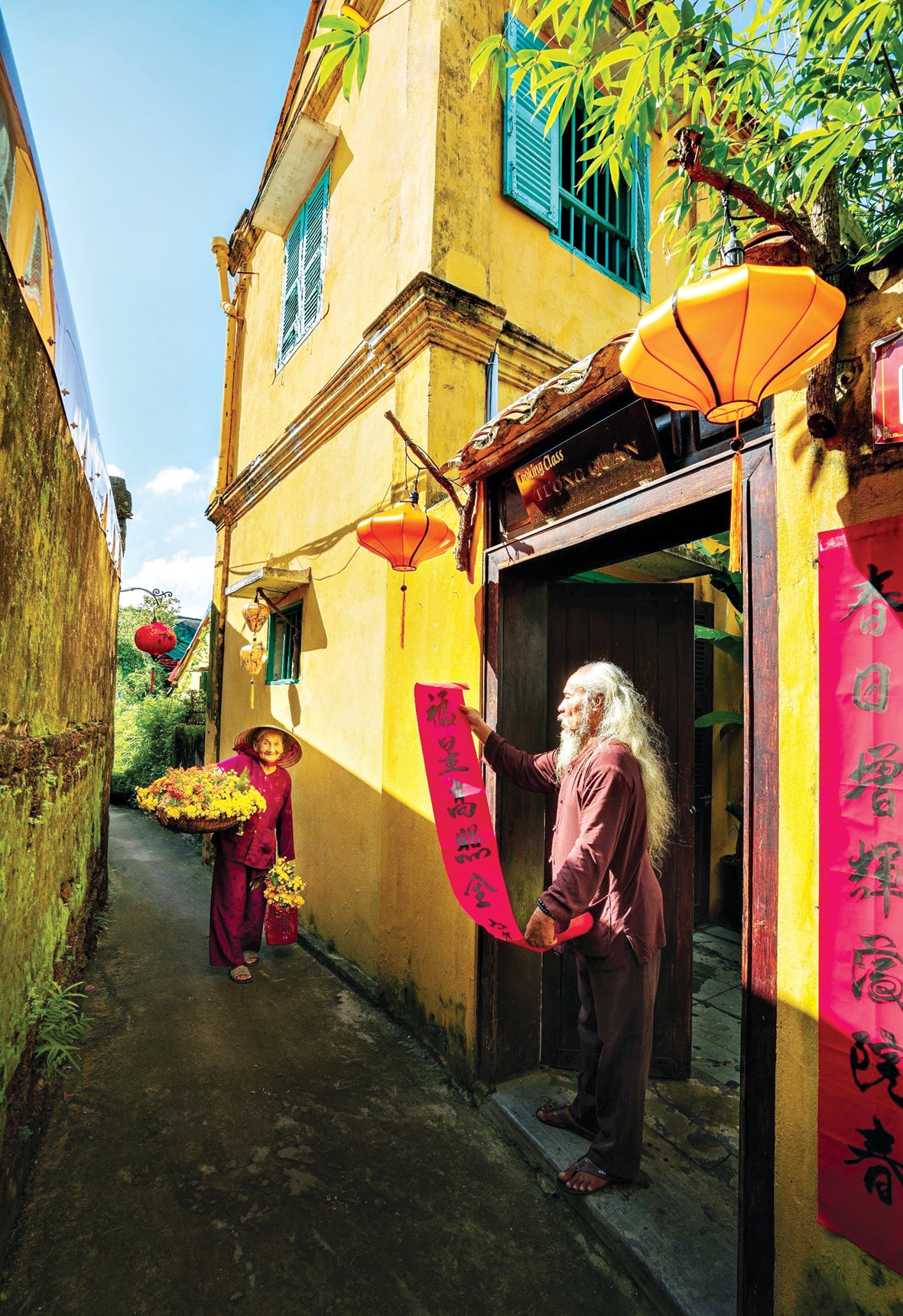
The merger of unified administrative units to create a NEW DANANG city will have a profound impact on the economic - social - cultural structure of the entire "Quang region", at the same time it will also give rise to many challenges, especially the urban culture will have great changes.
Nuclear spread
Da Nang is a centrally-governed city, developing modernly, oriented towards internationalization. Its urban character is increasingly affirmed: from the early 2000s until now, Da Nang has been a major center of tourism and services.
Infrastructure is developing rapidly and synchronously, with many public spaces and international cultural exchange activities. The population is increasing rapidly in both quantity and quality, and the urban character is becoming more and more evident (behavior in public places, services, discipline, etc.). A “livable city” as the goal set and as assessed by many residents and tourists.
Quang Nam is an agricultural and fishery province with diverse ecological terrain from mountains, plains to sea and coastal islands. Infrastructure development is not yet synchronous, mainly rural cultural institutions in villages and communes.
The population mainly lives in rural areas or small towns, with a high community culture. The cultural tradition of “Quang land” is unique and sustainable. Many unique and famous heritages: My Son, Hoi An, Cu Lao Cham, pottery, carpentry, silk weaving villages, Thu Bon river basin cultural area…
The new Da Nang city is basically still the space and people of "Quang land", sharing the same history of formation and development (although there have been several separations and mergers), the same "Quang people" personality, and many typical cultural elements such as language, cuisine, etc. That is the "scientific basis" that brings more advantages than many other localities in the merger process.
With the orientation that Da Nang will become a major economic center, a service and tourism center... the city will develop faster in terms of urban culture in both "physical and intangible" aspects: having the material conditions to build road infrastructure with sidewalks, trees, public transport, new urban areas or renovate old residential areas in a more convenient and hygienic direction... Building urban cultural institutions (such as clusters of cinemas, theaters, libraries, cultural houses...) in current rural areas.
Infrastructure is the premise for building the awareness of “urban civilization” in the people. Urbanization and modernization are also the current development trends, but if oriented and taking a “branded” city like Da Nang as the core to spread urban cultural elements, this process will be favorable and develop in the right direction.
Adapting to new living space
Any urbanization process has the phenomenon of "cultural conflict", most clearly shown in urban culture.
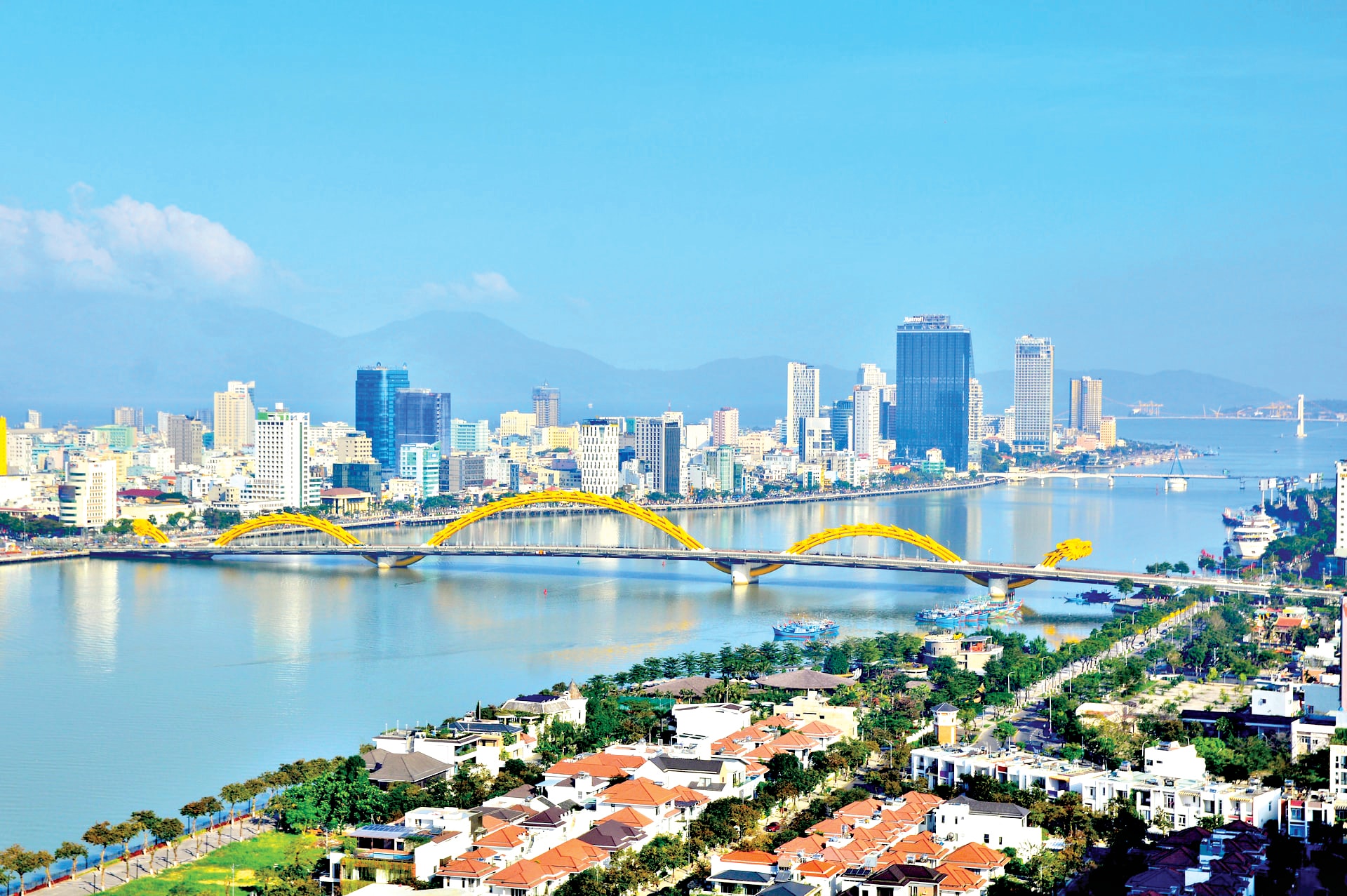
Urban culture aims to develop modern citizenship with professional administration, “digital government and citizens”. Therefore, rural areas that preserve village culture, clan culture, folk beliefs, etc. need to transform to adapt to the new social environment and living space.
It is a new lifestyle in a crowded, diverse urban environment, living according to "administrative, industrial" time, adapting to urban habits such as being punctual, not being noisy, keeping public places clean, respecting individuality in apartments, new urban areas...
City dwellers are used to urban lifestyles such as queuing, being on time, not littering, living in friendly apartments but not nosy about private matters, modern communication, traveling by public transport, and being used to immigration.
However, some traditional cultural elements have somewhat faded, such as gathering habits, family relationships, family activities during death anniversaries and New Year holidays... These are cultural features that are better preserved in the countryside, forming a bond between family and clan, creating a strong "fellow countryman" character in a place far from home.
Urban cultural activities are extroverted, communicating with diverse communities and modern international culture. Meanwhile, rural cultural activities are introverted, communicating mainly within relatives, villages, organizing and maintaining traditional indigenous culture...
Therefore, not only rural areas but also urban areas need more awareness and understanding, adjustment and change to enhance sympathy and real integration. From there, there will be changes in lifestyle and other cultural factors. At the same time, the two models of cultural activities need different material conditions and institutions.
Therefore, without a strategy of adjustment and adaptation from both sides in a harmonious and objective manner, it is easy to lead to the phenomenon of "urban assimilation of rural areas", eliminating unique traditional values.
Or vice versa, "urban ruralization", in a space with an urban appearance but rural lifestyle, messy architecture and planning, unclear function, vague identity, poor urban "survival" skills, people feel alienated and do not belong to the city they live in...
Urban culture in harmony
How can all the people of Da Nang city feel proud to be citizens of a modern city, not “constrained” by the way of urban management? How can the culture of Da Nang urban people be both advanced and still retain the identity of Quang Nam? These are questions that the government and the people of the city need to have a consensus to find the answer.
The appropriate trend is to build a “harmonious urban culture” while ensuring that Da Nang city plays the role of a modern center; ancient cities such as Hoi An and the new Tam Ky city play the role of connecting with the plains and mountainous areas, where traditional identity is preserved. On that basis, criteria are built to respect cultural diversity.
Preserve and integrate indigenous culture into new urban areas. Preserve and promote traditional cultural values in a way that transforms and adapts to urban life. At the same time, build infrastructure and public cultural spaces, cultural institutions that meet the specific needs of the community in each area.
Special attention is paid to the role of the community in participating in building, educating, communicating and disseminating urban culture, because more than anyone else, the community understands the creation of urban culture from its own vivid reality.
The role of urban culture in urban development, in contributing to the creation and preservation of urban identity, cannot be denied. From the behavioral orientations and lifestyles of residents will create the foundation for building a "civilized city" and "civil society".
Urban culture with citizens as the subject, is the resource for the development of cultural and tourism industry, an important economy of cities in particular and of the world in general in the 21st century.
Source: https://baodanang.vn/van-hoa-thi-dan-o-thanh-pho-moi-3298846.html


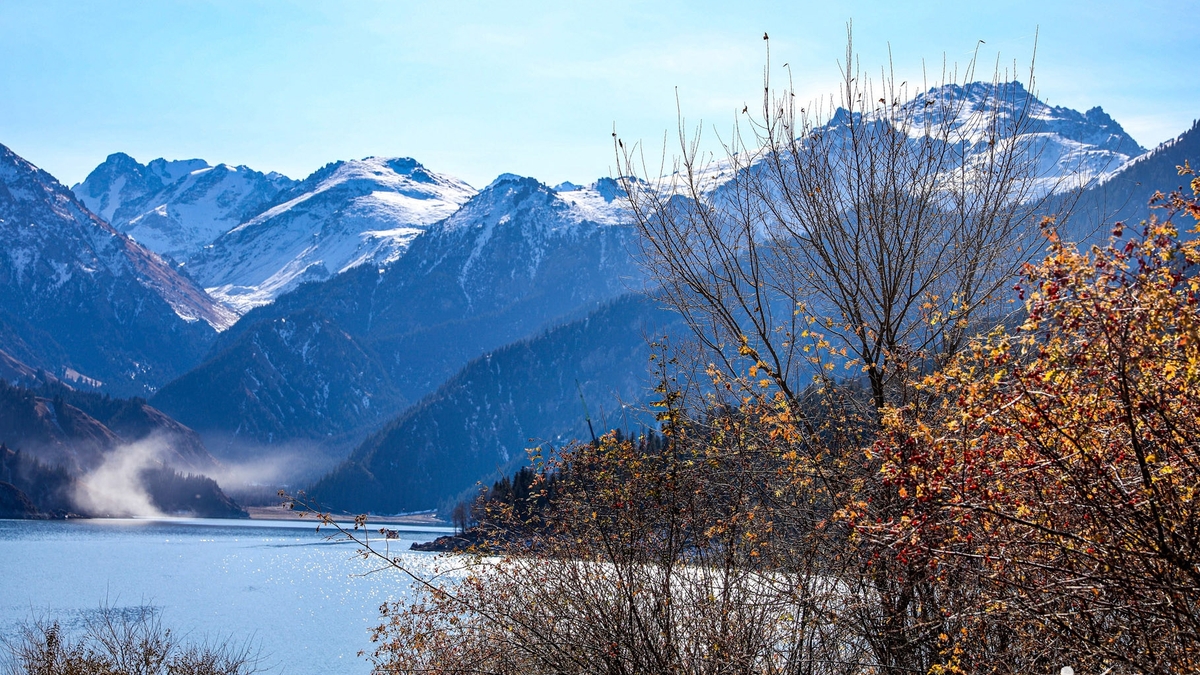
![[Photo] Cutting hills to make way for people to travel on route 14E that suffered landslides](https://vphoto.vietnam.vn/thumb/1200x675/vietnam/resource/IMAGE/2025/11/08/1762599969318_ndo_br_thiet-ke-chua-co-ten-2025-11-08t154639923-png.webp)




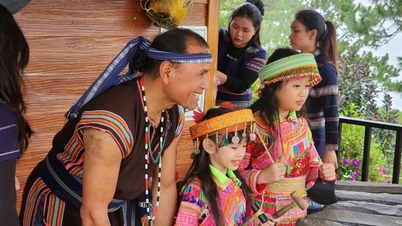

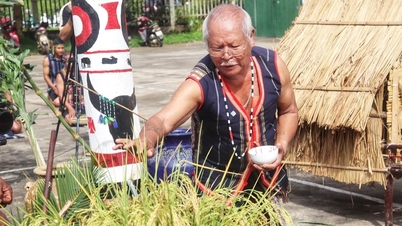
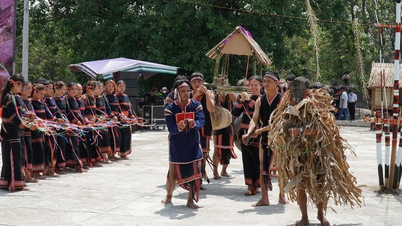

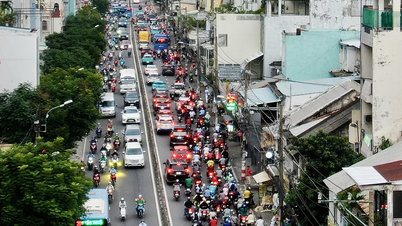

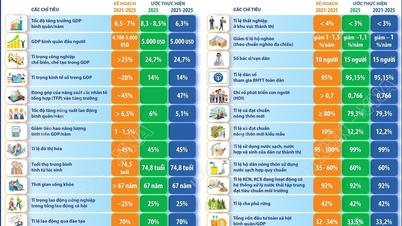







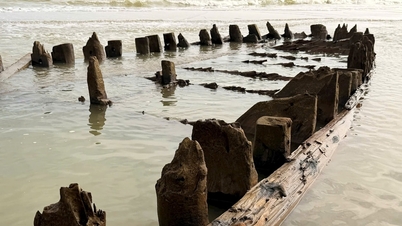

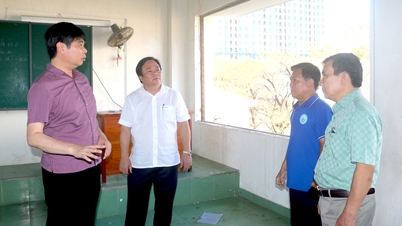





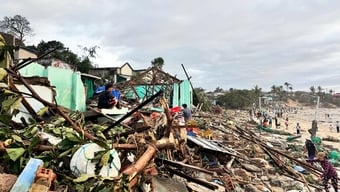
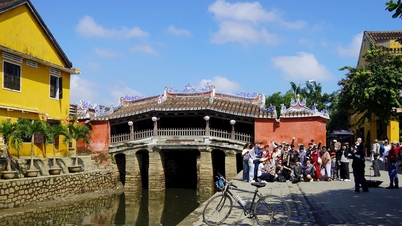
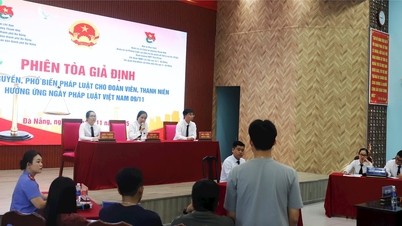

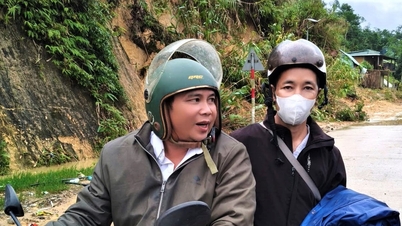
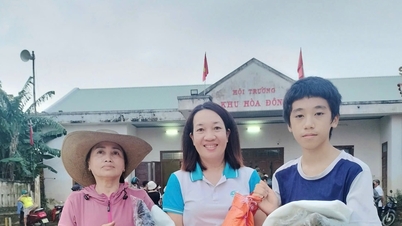
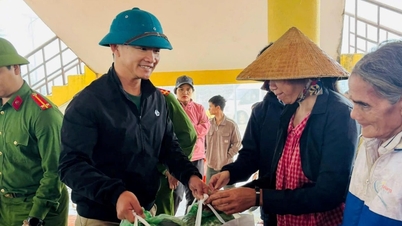







![[Video] Hue Monuments reopen to welcome visitors](https://vphoto.vietnam.vn/thumb/402x226/vietnam/resource/IMAGE/2025/11/05/1762301089171_dung01-05-43-09still013-jpg.webp)




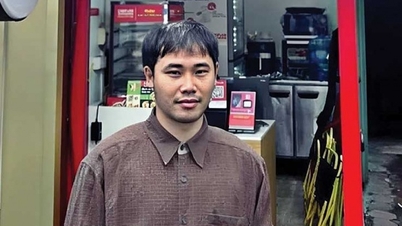







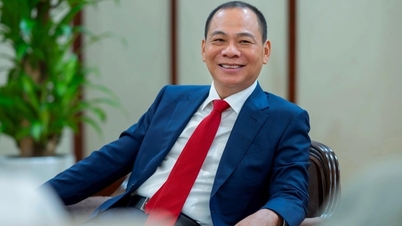










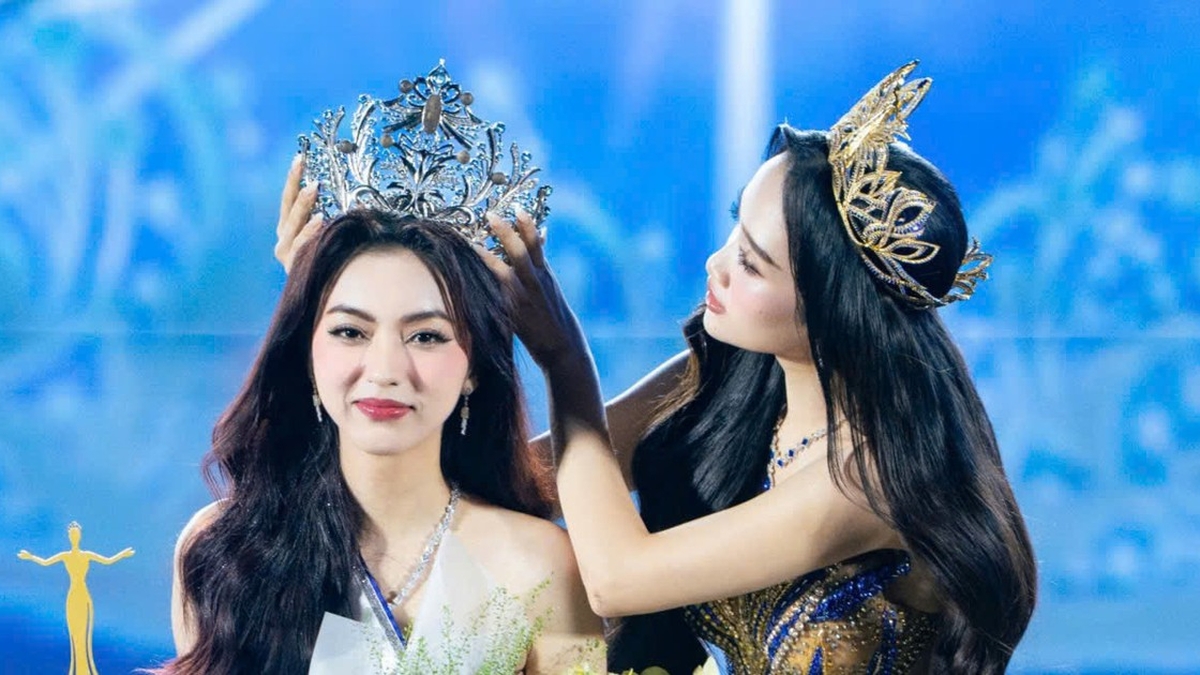







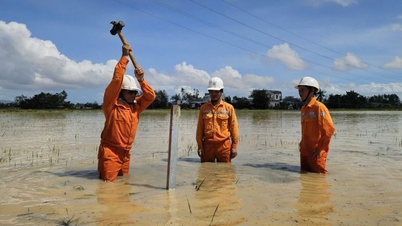








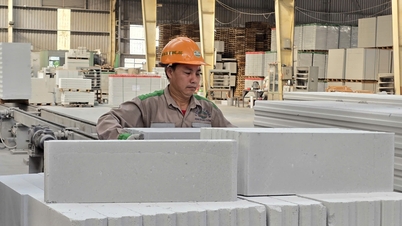





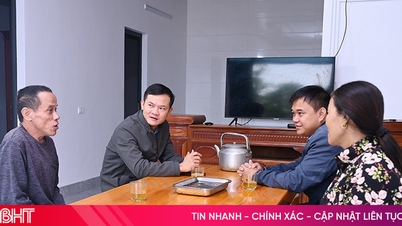

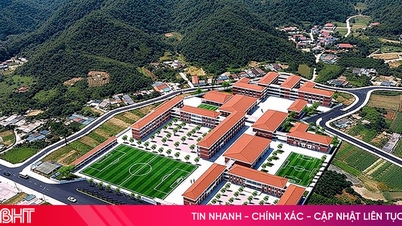

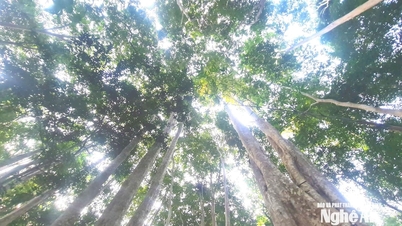













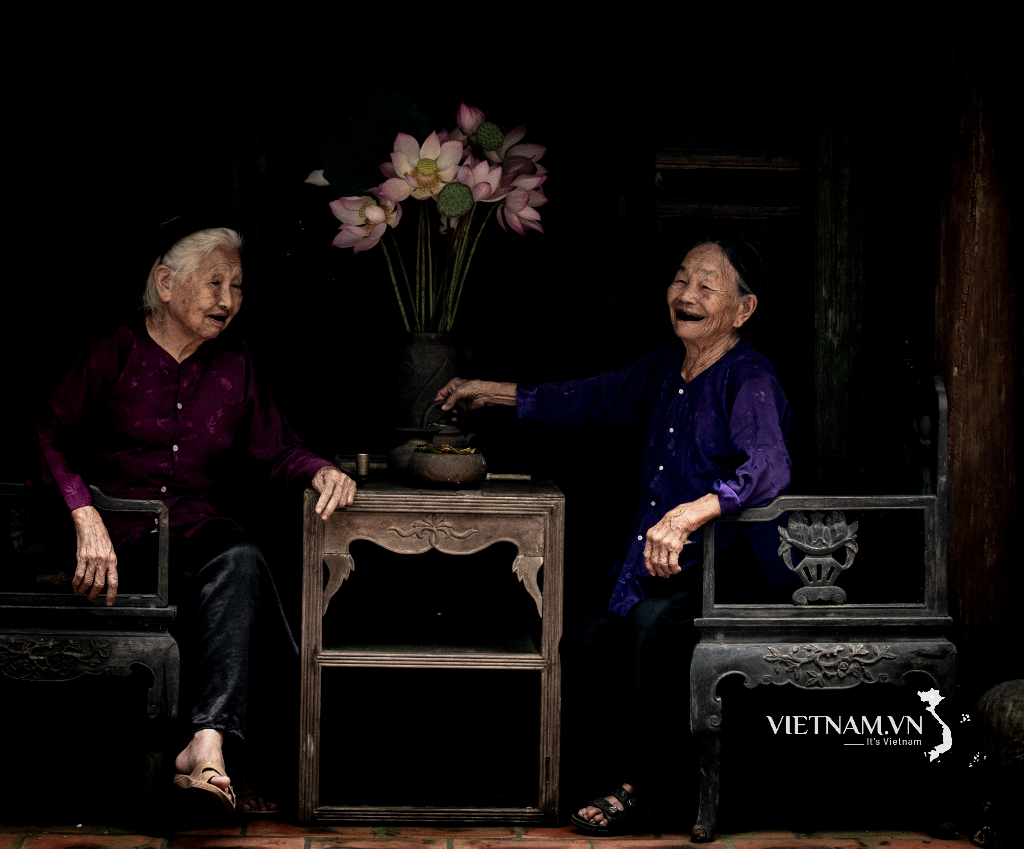

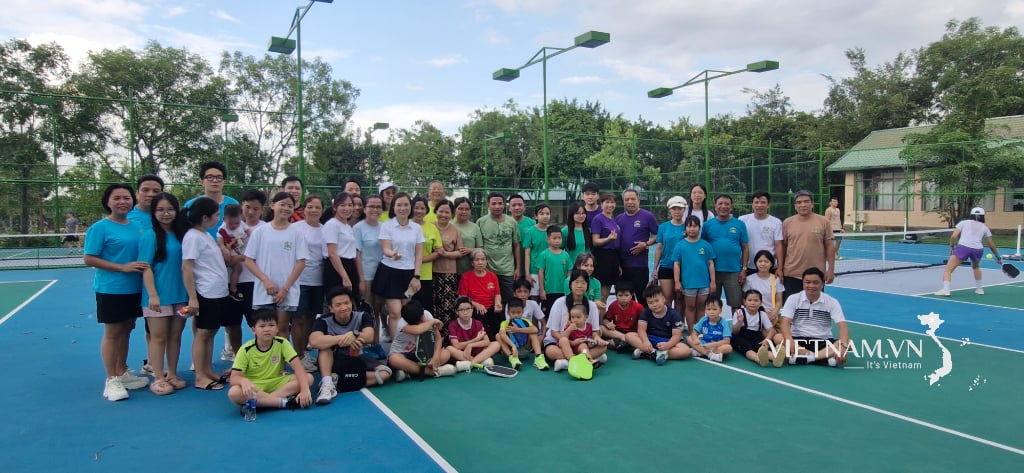
Comment (0)